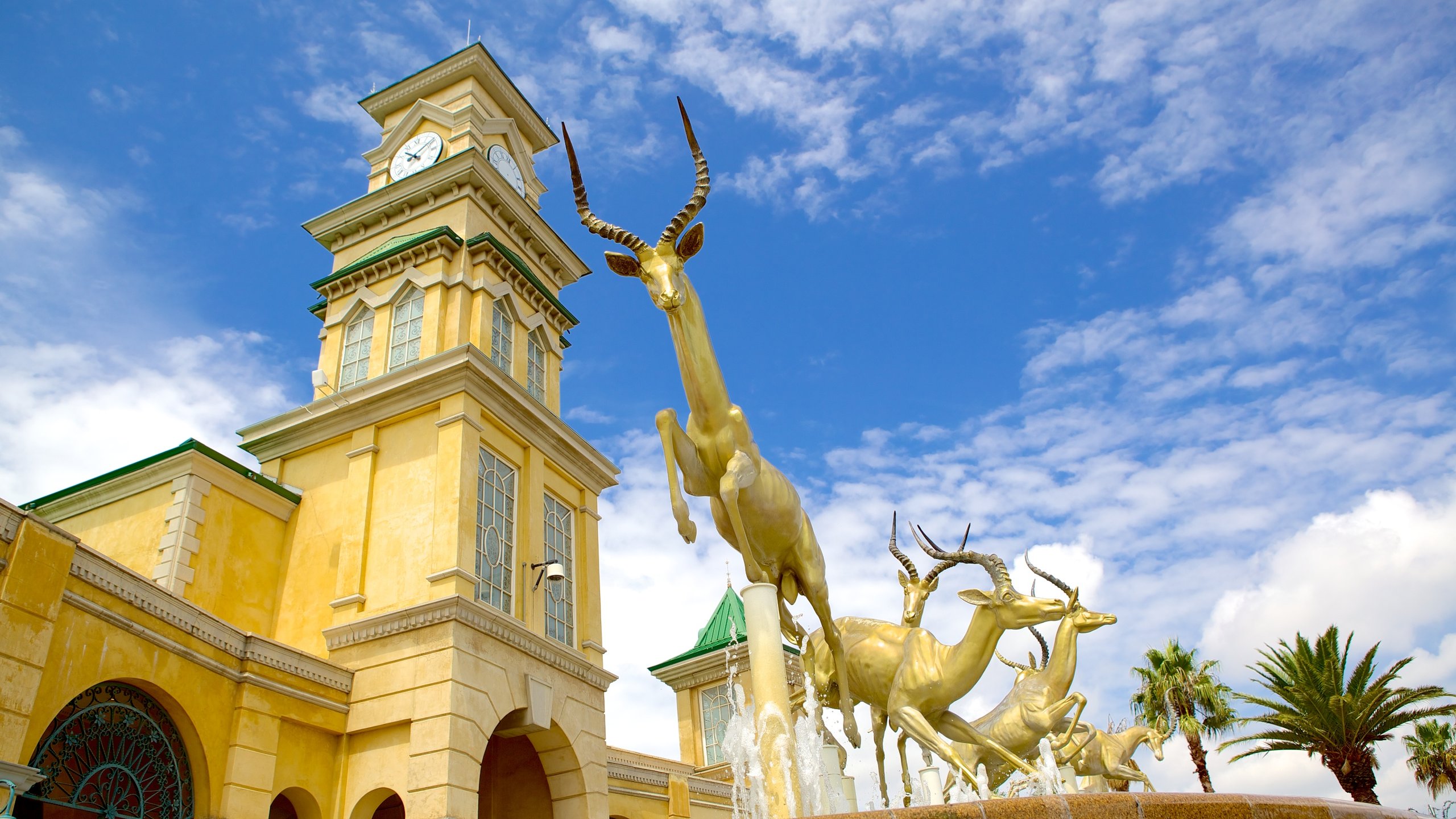The 10-Second Trick For Johannesburg North Attractions
Table of ContentsJohannesburg North Attractions for BeginnersThings about Johannesburg North AttractionsA Biased View of Johannesburg North AttractionsFacts About Johannesburg North Attractions UncoveredJohannesburg North Attractions - TruthsThe Definitive Guide for Johannesburg North Attractions9 Simple Techniques For Johannesburg North Attractions
However you ought to keep safety and security in mind and vacationers should continue to be sharp whatsoever times when in strange surroundings. Talk to the locals when you remain in community to discover the location you are remaining in. Johannesburg North attractions. When on the road (this does not put on mall and various other protected settings) best basic advice is to try your ideal to look like a local and to prevent presenting any type of wealth
Unknown Facts About Johannesburg North Attractions
Professor Revil Mason O. J. (Thomson, 1946) explored the Witwatersrand's pre-colonial history. His historical job blew up the 'em pty land' misconception, according to which the area was lacking human habitation prior to the arrival of European settlers. In his magazines Prehistory of the Transvaal: A Document of Human Task (1962) and Beginnings of Black People of Johannesburg and the Southern Western Central Transvaal Advertisement 3501880 (1986 ), Teacher Mason showed the extent of social and economic advancement in the location prior to Europeans established foot here.

About Johannesburg North Attractions
He showed the federal government's authorization, given after he had actually promised to maintain his explorations secret. In 1874, small mining operations were begun in the Magaliesberg, where an Australian, Henry Lewis, had actually discovered gold deposits. In 1878, David Wardrop discovered gold in quartz blood vessels at Zwartkop, north of Krugersdorp. In 1881, Stephanus Minnaar found gold on the farm Kromdraai, near the Cradle of Mankind.
In March 1886, an outcropping (soon to be called the Key Coral reef) was found, rather fortunately, on Gerhardus Oosthuizen's ranch Langlaagte. Some claim that the Lancastrian coal miner George Walker found this coral reef. Another travelling English prospector, George Harrison (who had formerly operated in Australian mines) gotten a prospecting permit in respect of Langlaagte in May 1886.
He made a decision to proceed in a pursuit for greener pastures, and disposed of his Langlaagte insurance claim for the handsome sum of 10. Alas: beneath lay the richest goldfield ever located. The exploration of this abundant auriferous coral reef provoked a gold thrill that signified the end of bucolic tranquillity in the southern Transvaal.
It would, within six years, become the largest town in southern Africa. Within a years, it would make the Z. A. R. until then an anarchical and insolvent little state the richest nation in Africa. By the turn of the century, the Z. A. R. was to go beyond Russia, Australia and the USA of America to come to be the globe's leading gold manufacturer, creating even more than a quarter of the globe's gold.
Unknown Facts About Johannesburg North Attractions
It was known as Ferreira's Camp, called after Colonel Ignatius Ferreira. He was a Boer traveler upon whom the British authorities had presented the standing of Friend of useful link one of the most Identified Order of St Michael and St George (qualifying him to the post-nominal letters C. M. G.) in thankfulness for his role in the war that had deposed the Pedi king Sekhukhune in 1879.
Soon the camp was bursting with outdoors tents and wagons as newbies arrived daily from much and wide. By September 1886, some 400 people resided in Ferreira's Camp, which soon boasted prefabricated iron and wood buildings. Two other camps were developed: Meyer's Camp on the farm Doornfontein, and Paarl Camp. The latter was nicknamed Afrikander Camp; many individuals from the Cape Nest resolved there.

3 Simple Techniques For Johannesburg North Attractions
This name gained money by word of mouth, such that the State Secretary attested the name to the Mining Commissioner on 9 October 1886. Stands in the village were auctioned on 8 December 1886. While some stands were marketed for 10, others were torn down for just sixpence.
Two years later on, these erven were to transform hands for as long as 750 each. The tented camps dwindled as a dorp of corrugated iron structures created and broadened north of the mines situated along the Main Coral Reef Road. Locations such as Jeppe's Town (where working-class immigrants erected their houses) and Doornfontein (where the upscale brand-new 'Randlords' began to build their opulent houses) were soon contributed to the ever-expanding map of the town.
Getting The Johannesburg North Attractions To Work
Apart from the street names, there were no indications of Johannesburg being located in a Dutch-speaking nation., almost everybody spoke English company website and also the Government servants dealt with one in English, unless they were first attended to in the Taal (or Reduced Dutch)'.
Thus, Britain had a passion in ensuring optimal problems for gold manufacturing on the Witwatersrand, which the gold was exported to London as opposed to Berlin a vital provided even more clamant by the Z. A. R - Johannesburg North attractions.'s raising toenadering with Germany. Mine owners got on a clash with President Kruger, whose plan of monopolistic giving ins (commonly given to his cronies) prevented mining firms from acquiring materials of products (particularly dynamite) and labour on their very own, less costly terms
Getting The Johannesburg North Attractions To Work
In 1890, the Volksraad had restricted the franchise to white guys who had actually resided in the Z. A. R. for fourteen years or longer, therefore invalidating a lot of the immigrants (that took place to be the significant factors to the fiscus). Agitation for the ballot was a plain anonymous pretext for advertising a different program; a lot of uitlanders regarded themselves as momentary site visitors and had no purpose of remaining in the Z.